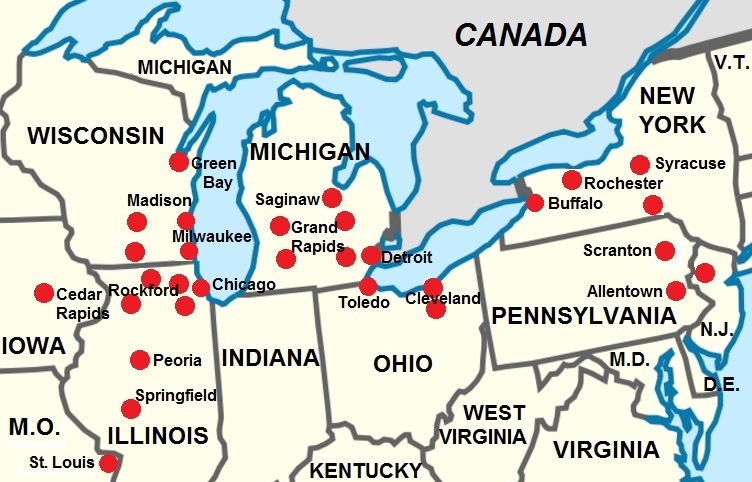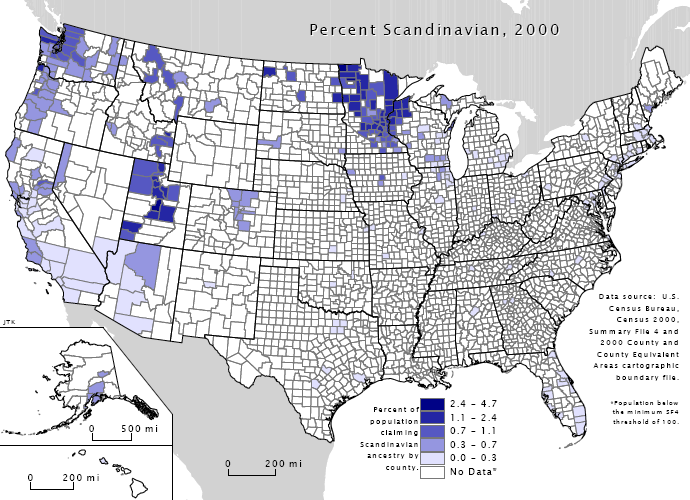|
Midwestern Accent
Midwestern, Midwest, Upper North, or Upper Northern English dialects or accents are associated with the Midwestern region of the United States. These include: * General American, the most widely perceived "mainstream" American English accent is sometimes considered "Midwestern" in character, prior to the Northern Cities Vowel Shift. * Inland Northern American English is often generally recognized as a Cleveland, Chicago, or Detroit accent, or the accent of western New York State (Buffalo, Rochester, Syracuse, etc.). * Midland American English is often generally recognized as a Columbus, Indianapolis, and Kansas City accent. According to William Labov, "North Midland" is the General American standard. * North-Central American English is often generally recognized as a Minnesota, Wisconsin, Iowa, or Dakota accent. American English Midwestern United States ... [...More Info...] [...Related Items...] OR: [Wikipedia] [Google] [Baidu] |
Midwestern United States
The Midwestern United States, also referred to as the Midwest or the American Midwest, is one of four census regions of the United States Census Bureau (also known as "Region 2"). It occupies the northern central part of the United States. It was officially named the North Central Region by the Census Bureau until 1984. It is between the Northeastern United States and the Western United States, with Canada to the north and the Southern United States to the south. The Census Bureau's definition consists of 12 states in the north central United States: Illinois, Indiana, Iowa, Kansas, Michigan, Minnesota, Missouri, Nebraska, North Dakota, Ohio, South Dakota, and Wisconsin. The region generally lies on the broad Interior Plain between the states occupying the Appalachian Mountain range and the states occupying the Rocky Mountain range. Major rivers in the region include, from east to west, the Ohio River, the Upper Mississippi River, and the Missouri River. ... [...More Info...] [...Related Items...] OR: [Wikipedia] [Google] [Baidu] |
General American
General American English or General American (abbreviated GA or GenAm) is the umbrella accent of American English spoken by a majority of Americans. In the United States it is often perceived as lacking any distinctly regional, ethnic, or socioeconomic characteristics, but it encompasses a continuum of accents rather than a single unified accent. Americans with high education, or from the North Midland, Western New England, and Western regions of the country are the most likely to be perceived as having General American accents. The precise definition and usefulness of the term ''General American'' continue to be debated, and the scholars who use it today admittedly do so as a convenient basis for comparison rather than for exactness. Other scholars prefer the term Standard American English. Standard Canadian English accents are sometimes considered to fall under General American, especially in opposition to the United Kingdom's Received Pronunciation; in fact, typical Can ... [...More Info...] [...Related Items...] OR: [Wikipedia] [Google] [Baidu] |
Northern Cities Vowel Shift
Inland Northern (American) English, also known in American linguistics as the Inland North or Great Lakes dialect, is an American English dialect spoken primarily by White Americans in a geographic band reaching from the major urban areas of Upstate New York westward along the Erie Canal and through much of the U.S. Great Lakes region. The most distinctive Inland Northern accents are spoken in Chicago, Milwaukee, Detroit, Cleveland, Buffalo, Rochester, and Syracuse. The dialect can be heard as far west as eastern Iowa and even among certain demographics in the Twin Cities, Minnesota.Chapman, Kaila (2017). "The Northern Cities Shift: Minnesota's Ever-Changing Vowel Space". Macalester College: "The satisfaction of the three NCS measures was found only in the 35-55 year old male speakers. The three male speakers fully participating in the NCS had high levels of education and strong ties to the city" (41). Some of its features have also infiltrated a geographic corridor from Chica ... [...More Info...] [...Related Items...] OR: [Wikipedia] [Google] [Baidu] |
Inland Northern American English
Inland Northern (American) English, also known in American linguistics as the Inland North or Great Lakes dialect, is an American English dialect spoken primarily by White Americans in a geographic band reaching from the major urban areas of Upstate New York westward along the Erie Canal and through much of the U.S. Great Lakes region. The most distinctive Inland Northern accents are spoken in Chicago, Milwaukee, Detroit, Cleveland, Buffalo, Rochester, and Syracuse. The dialect can be heard as far west as eastern Iowa and even among certain demographics in the Twin Cities, Minnesota.Chapman, Kaila (2017). "The Northern Cities Shift: Minnesota's Ever-Changing Vowel Space". Macalester College: "The satisfaction of the three NCS measures was found only in the 35-55 year old male speakers. The three male speakers fully participating in the NCS had high levels of education and strong ties to the city" (41). Some of its features have also infiltrated a geographic corridor from Chicag ... [...More Info...] [...Related Items...] OR: [Wikipedia] [Google] [Baidu] |
Midland American English
Midland American English is a regional dialect or super-dialect of American English, geographically lying between the traditionally-defined Northern United States, Northern and Southern United States. The boundaries of Midland American English are not entirely clear, being revised and reduced by linguists due to definitional changes and several Midland sub-regions undergoing rapid and diverging pronunciation shifts since the early-middle 20th century onwards. It is seen as a linguistic "middle region" of American English. Today, these general characteristics of the Midland regional accent are firmly established: fronting (phonetics), fronting of the , , and vowels occurs towards the center or even the front of the mouth; the cot–caught merger is neither fully completed nor fully absent; and æ tensing, short-''a'' tensing evidently occurs strongest before nasal consonants. The currently-documented core of the Midland dialect region spans from central Ohio at its eastern extre ... [...More Info...] [...Related Items...] OR: [Wikipedia] [Google] [Baidu] |
North-Central American English
North-Central American English (in the United States, also known as the Upper Midwestern or North-Central dialect and stereotypically recognized as a Minnesota accent or Wisconsin accent) is an American English dialect native to the Upper Midwestern United States, an area that somewhat overlaps with speakers of the separate Inland North dialect situated more in the eastern Great Lakes region. The North-Central dialect is considered to have developed in a residual dialect region from the neighboring distinct dialect regions of the Western United States, Inland North, and Canada. If a strict ''cot–caught'' merger is used to define the North-Central regional dialect, it covers the Upper Peninsula of Michigan, the northern border of Wisconsin, the whole northern half of Minnesota, some of northern South Dakota, and most of North Dakota; otherwise, the dialect may be considered to extend to all of Minnesota, North Dakota, most of South Dakota, northern Iowa, and all of Wisconsin ou ... [...More Info...] [...Related Items...] OR: [Wikipedia] [Google] [Baidu] |
American English
American English, sometimes called United States English or U.S. English, is the set of variety (linguistics), varieties of the English language native to the United States. English is the Languages of the United States, most widely spoken language in the United States and in most circumstances is the de facto common language used in government, education and commerce. Since the 20th century, American English has become the most influential form of English worldwide. American English varieties include many patterns of pronunciation, vocabulary, grammar and particularly spelling that are unified nationwide but distinct from other English dialects around the world. Any North American English, American or Canadian accent (sociolinguistics), accent perceived as lacking noticeably local, ethnic or cultural markedness, markers is popularly called General American, "General" or "Standard" American, a fairly uniform dialect continuum, accent continuum native to certain regions of the U ... [...More Info...] [...Related Items...] OR: [Wikipedia] [Google] [Baidu] |



